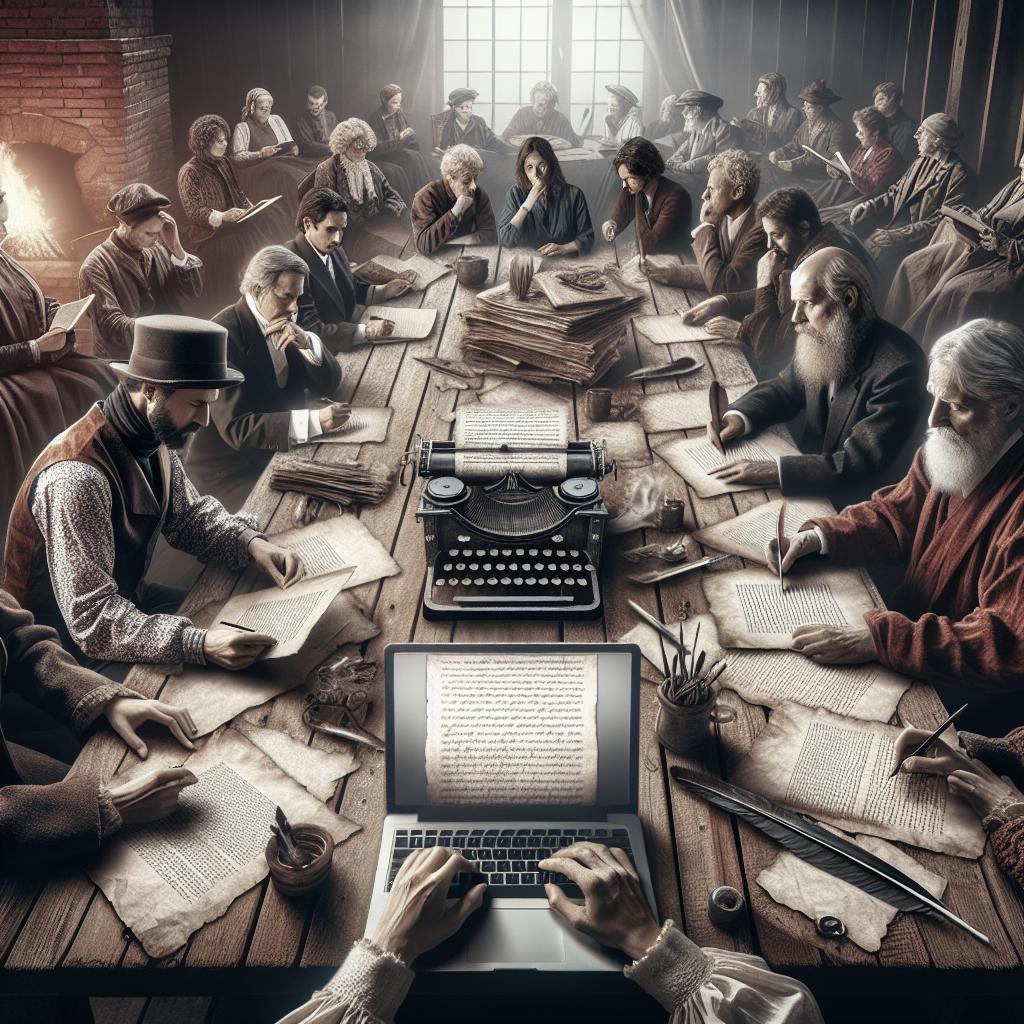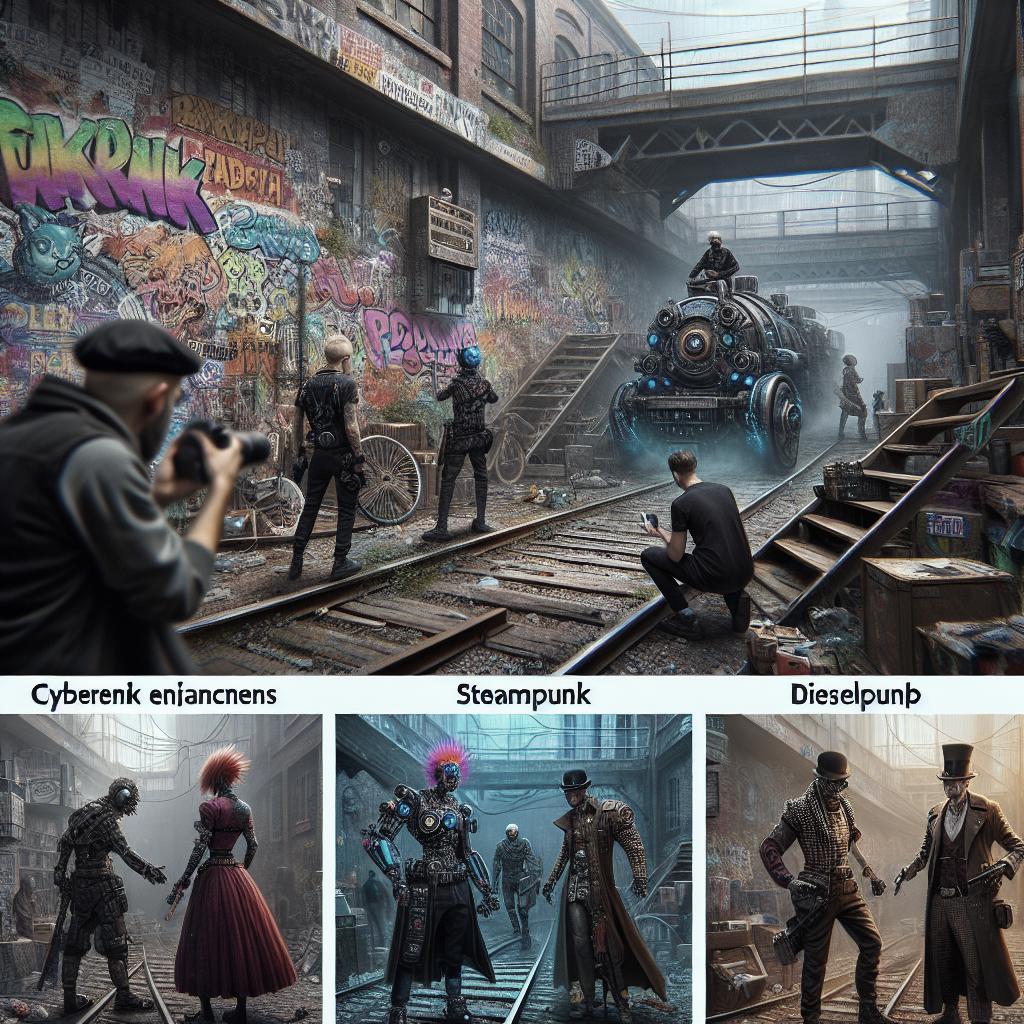Exploring the Dynamics of Commercial Fiction In the vast and varied landscape of literature, commercial fiction stands out for its widespread appeal and market-driven focus. While literary fiction dives deep into prose and profound themes, commercial fiction captivates readers with compelling plots and relatable characters. This blog post delves into the intricate nuances of literary, upmarket, and book club fiction, contrasting them with commercial fiction. We’ll examine these categories, each with its unique flavor, and reflect on whether these classifications significantly influence our reading preferences. Join us as we explore the boundaries of fiction, showcasing how each style offers something distinct and valuable to the world of storytelling. At the end, we’ve included a handy HTML table summarizing these distinctions for quick reference. ### Literary Fiction Literary fiction is often celebrated as the domain of profound insights and intricate storytelling. It prioritizes complex themes and character explorations over plot-driven narratives. Authors in this genre take great care in crafting prose that evokes emotion and thought. This type of fiction often challenges societal norms and questions human nature while leaving room for interpretation and discussion. It’s the kind of fiction that doesn’t just entertain; it invites readers to reflect on the deeper layers of the human experience. Although literary fiction may not always dominate bestseller lists, it holds a prestigious position in literary awards and educational settings. These works often become the central discussions in college literature classes and are seen as significant contributions to the literary world. Notable authors like Toni Morrison and Kazuo Ishiguro have brought literary fiction to life with their beautifully written novels that leave lasting impacts on their readers long after the final page. The audience for literary fiction often consists of devoted readers seeking richness in narrative style and substance, willing to engage with complex ideas and social critiques. They appreciate not merely the story but the intricate mesh of symbolism, metaphor, and philosophical questioning. ### Upmarket Fiction Occupying a middle ground between literary and commercial fiction, upmarket fiction combines the best of both worlds—well-crafted prose with engaging plots. It’s designed to be both approachable and smart, bridging the gap for readers who appreciate nuanced storytelling without sacrificing pace or accessibility. This category tends to appeal to book clubs and mainstream audiences alike, providing a breadth of popular appeal and depth of story. Authors of upmarket fiction often strike a balance between character depth and compelling story arcs, leading to books that are both page-turners and thought-provoking. This dual focus allows readers to connect deeply with characters while also driving excitement with gripping narratives. Such books are well-suited for adaptations into movies or TV series due to their commercial potential and enriched character studies. For readers, upmarket fiction provides a rich, immersive experience without the full intensity of literary fiction. Titles like “The Night Circus” by Erin Morgenstern and “Big Little Lies” by Liane Moriarty exemplify this genre, blending engaging storylines with intricately woven prose that captures and retains reader interest. ### Commercial Fiction Commercial fiction is designed with market success in mind and is crafted to captivate the largest possible audience. Renowned for swift pacing, engaging plots, and relatable characters, these books are easy to read and often termed as “page-turners.” Commercial fiction spans numerous subgenres, including romance, thriller, science fiction, and fantasy, each offering specific tropes and formulas that resonate with readers. A hallmark of commercial fiction is its accessibility. Unlike literary fiction, which might pose intellectual challenges, commercial fiction is straightforward and relaxing, perfect for unwinding or escaping into another world. Bestselling authors like Stephen King, Nora Roberts, and James Patterson reign supreme in this category, often producing prolific works that lead the charts. Readers drawn to commercial fiction typically seek entertainment and an emotional rollercoaster—be it suspense, love, or adventure. The success of these books often translates into success beyond book sales, with adaptations into films and series, increasing their cultural impact. ### Book Club Fiction Book club fiction holds a unique place by combining broad appeal with deeper thematic elements suited for group discussion. It often includes aspects of both commercial and upmarket fiction, presenting narratives that are both engaging and thought-provoking. This genre is crafted to entertain but also provoke discussion, making it a perfect choice for book clubs and reading groups. These books are usually character-driven, exploring relatable themes that resonate with a wide audience, such as family dynamics, love, loss, and self-discovery. An enticing aspect of book club fiction is its ability to foster a shared reading experience, enhancing interpersonal connection through a collective exploration of a novel’s themes and narratives. Authors of book club fiction, like Jodi Picoult and Fredrik Backman, are adept at creating compelling stories that invite reflection while ensuring an engaging reading experience. The discussions that follow after reading such books enrich the reading experience, often leading to varying interpretations and insights shared among group members. ### Does Any of This Really Matter? The categorization of fiction into literary, commercial, and other subgenres serves various purposes—marketing, sales, and guiding reader preferences. From a critical standpoint, these distinctions can shape our understanding of a book’s potential themes and what to expect. However, at the core, fiction’s primary role remains to entertain, engage, and invoke emotions. For readers, these classifications might play a secondary role compared to aspects like storyline, character relatability, or thematic intrigue. While publishers and retailers use categories to align with marketing strategies, ultimately, the readers’ experience and personal enjoyment are paramount. A capable storyteller can traverse these boundaries, creating multi-faceted works that challenge and delight audiences across categorization lines. In the end, the significance of these categories may boil down to personal preference and what we seek in a book. Whether it be the literary prowess of a carefully constructed sentence or the thrill of a well-paced plot, all forms of fiction offer diverse experiences that ultimately enrich our lives. —
| Fiction Type | Characteristics | Notable Authors | Typical Audience |
|---|---|---|---|
| Literary Fiction | Emphasizes style, thematic depth, and character analysis. | Toni Morrison, Kazuo Ishiguro | Readers seeking complex themes and literary craftsmanship. |
| Upmarket Fiction | Balances engaging plots with well-crafted prose. | Erin Morgenstern, Liane Moriarty | Mainstream readers and book clubs. |
| Commercial Fiction | Paced, plot-driven, and widely accessible. | Stephen King, Nora Roberts, James Patterson | Readers looking for entertainment and escapism. |
| Book Club Fiction | Engaging narratives with discussion-worthy themes. | Jodi Picoult, Fredrik Backman | Book clubs and those interested in thematic discourse. |
As we traverse the expansive realm of fiction, it’s apparent that each category fulfills distinct roles, catering to various tastes and preferences. Instead of one being better than the other, each serves its purpose in enriching the literary tapestry we enjoy today.


